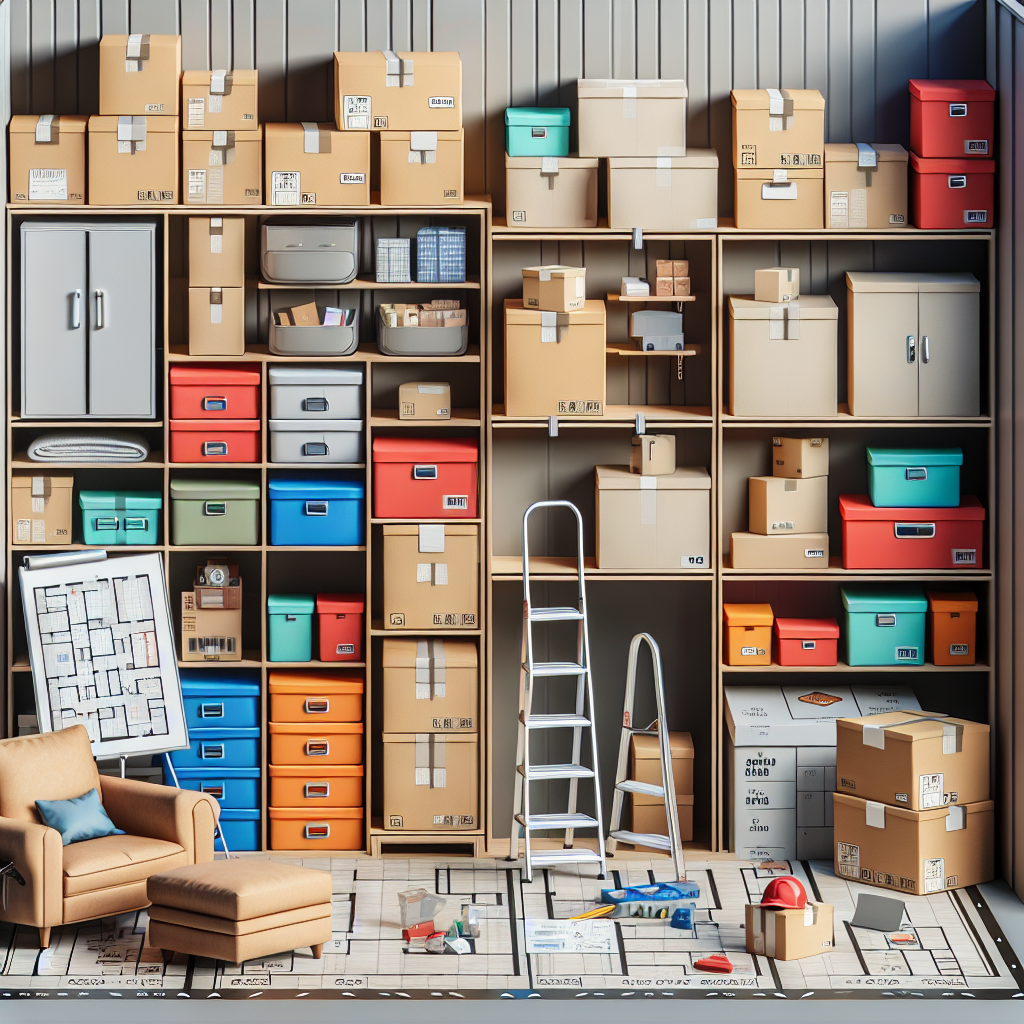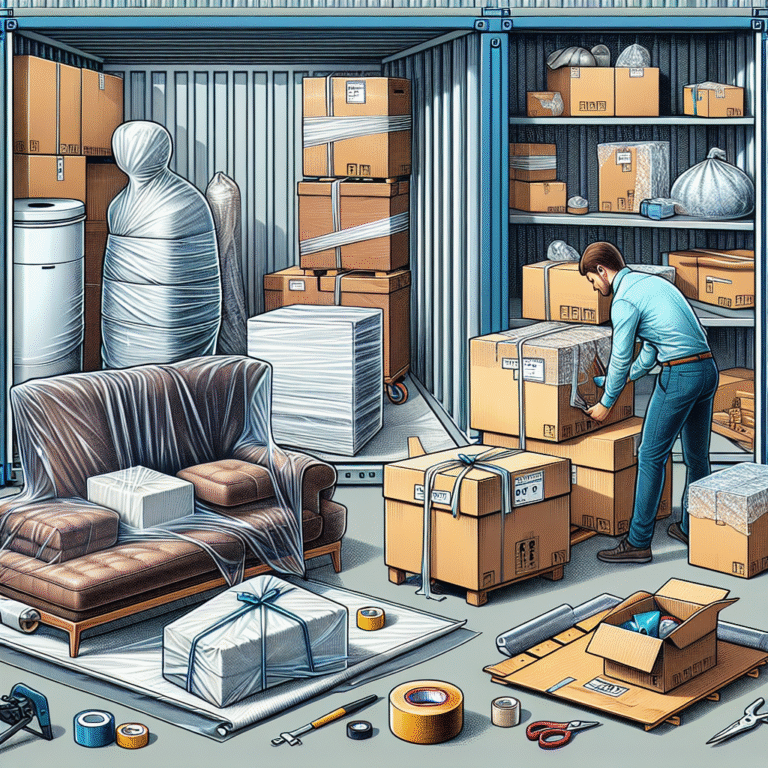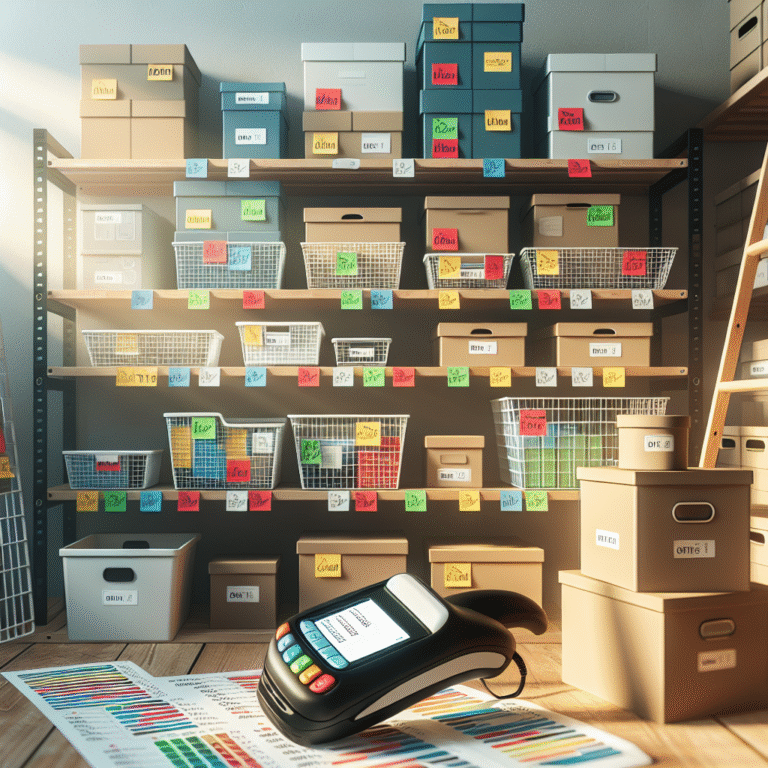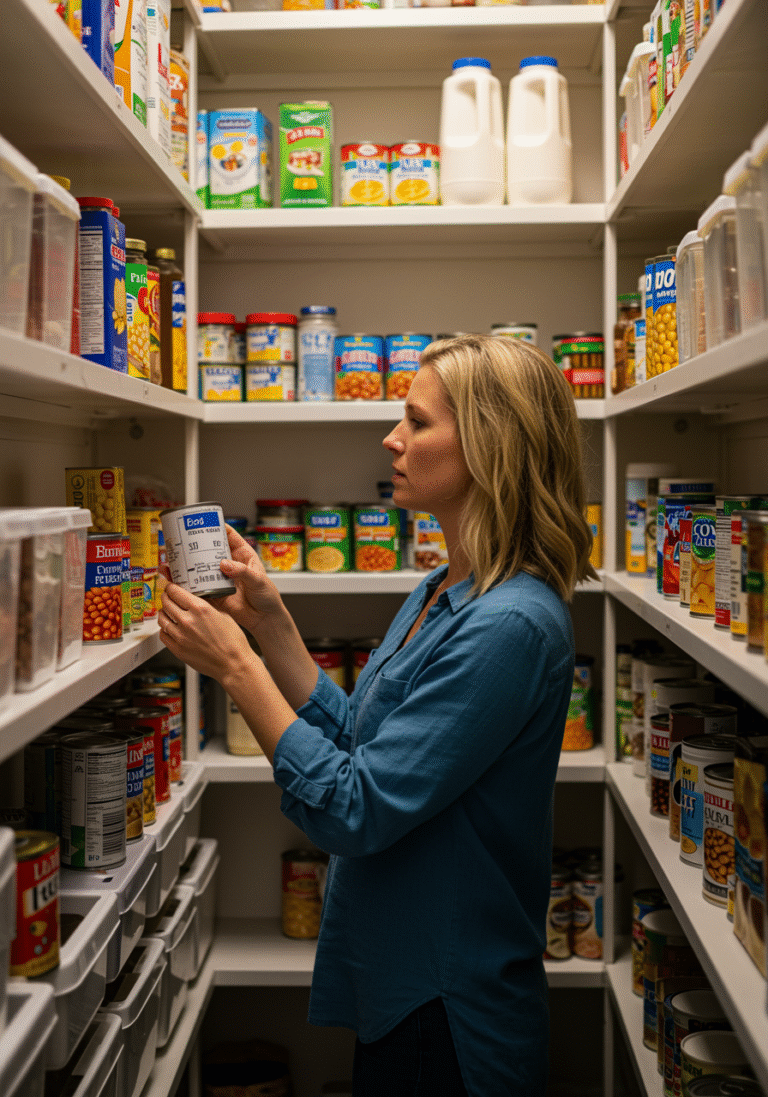Space-Saving Tips: Maximizing Your Storage Unit During Moves
Frustrated with cramped storage units and sky-high moving costs? You’re not alone – a shocking 75% of storage unit renters waste up to 50% of their available space due to poor organization, according to the National Storage Association’s 2025 report. But here’s the game-changing truth: with the right strategy, you can literally double your storage capacity without spending an extra dime.
“The biggest mistake people make is treating their storage unit like a garage dump instead of a strategic space investment,” says Sarah Martinez, CEO of StorageLogic Solutions and author of “The Ultimate Storage Blueprint.” The key lies in systematic planning and smart space utilization techniques that transform chaotic clutter into an organized masterpiece.
Before diving into packing boxes, you need to conduct a thorough assessment of your storage needs. Start by creating a detailed inventory of everything you plan to store – this isn’t just busy work, it’s your roadmap to success. Professional organizer Mark Thompson emphasizes, “Understanding exactly what you’re storing is crucial. I’ve seen clients save thousands by realizing they only needed half the space they initially thought.”
Determining the right unit size requires careful calculation. Consider not just the volume of your belongings, but also how frequently you’ll need to access them. A good rule of thumb: add 20% more space than your initial estimate to account for aisles and accessibility. Prioritize items based on access needs – holiday decorations can go to the back, while seasonal clothing might need easier access.
Pre-packing preparation is where the magic happens. Begin with a ruthless decluttering session – every item you eliminate is space and money saved. According to the Minimalist Moving Association, the average person can reduce their storage needs by 30% through proper decluttering. Clean everything thoroughly before storage, as dirt and debris can cause long-term damage in enclosed spaces.
Invest in quality packing materials – clear plastic bins, sturdy uniform boxes, and industrial-strength bubble wrap are your best friends. “Using professional-grade packing materials might seem expensive initially, but it prevents damage and maximizes space efficiency,” notes Dr. Lisa Chen, professor of organizational psychology at Stanford University.
Strategic packing techniques can dramatically increase your storage capacity. Use boxes of similar sizes for easier stacking and better space utilization. Fill boxes completely to prevent collapse – use packing paper or bubble wrap to fill gaps. Disassemble furniture whenever possible, keeping all hardware in labeled bags attached to the corresponding pieces.
Think creatively about storage solutions. Store smaller items inside furniture – drawers can hold books, while cabinet spaces can protect fragile items. Vacuum-seal bags can reduce clothing and linen volume by up to 75%. Remember to label everything meticulously – future you will be eternally grateful.
Organizing your storage unit requires military-grade precision. Place heavy items at the bottom and back, creating a solid foundation. Stack boxes vertically to maximize ceiling height, but ensure stability. Create clear aisles – experts recommend a minimum 24-inch pathway for easy access. Install portable shelving units along walls to utilize vertical space efficiently.
Professional storage consultant James Rodriguez suggests, “Think of your storage unit as a 3D puzzle. Every cubic inch matters, including often-overlooked spaces like the gaps between furniture legs or the area above door height.” Use wardrobe boxes for hanging clothes and creating additional vertical storage space. Install hooks and tension rods for organizing smaller items.
Safety should never be compromised for space efficiency. Maintain proper ventilation by leaving small gaps between items and walls. Clearly label fragile items and ensure they’re adequately cushioned. Create and maintain a detailed inventory system, including a map of your unit’s layout. Remember to distribute weight evenly to prevent shifting during storage.
Common storage mistakes can derail even the best-laid plans. Using random box sizes creates unstable stacks and wastes space. Ignoring weight distribution can lead to crushed items and collapsed piles. Packing without a plan often results in multiple trips and inefficient space use. Always protect items from moisture and dust using appropriate covers and barriers.
Choosing the right storage facility is crucial for long-term success. Climate control is essential for sensitive items like electronics, wooden furniture, and important documents. Look for facilities with robust security features and 24/7 access. Consider location carefully – a unit that’s inconvenient to reach will likely become a forgotten dumping ground.
Remember, maximizing your storage unit is both an art and a science. With careful planning, strategic packing, and systematic organization, you can transform your storage experience from a stressful burden into a model of efficiency. Stay organized, think vertically, and always keep accessibility in mind. Your well-organized storage unit isn’t just a space to store stuff – it’s an investment in your peace of mind and financial well-being.












